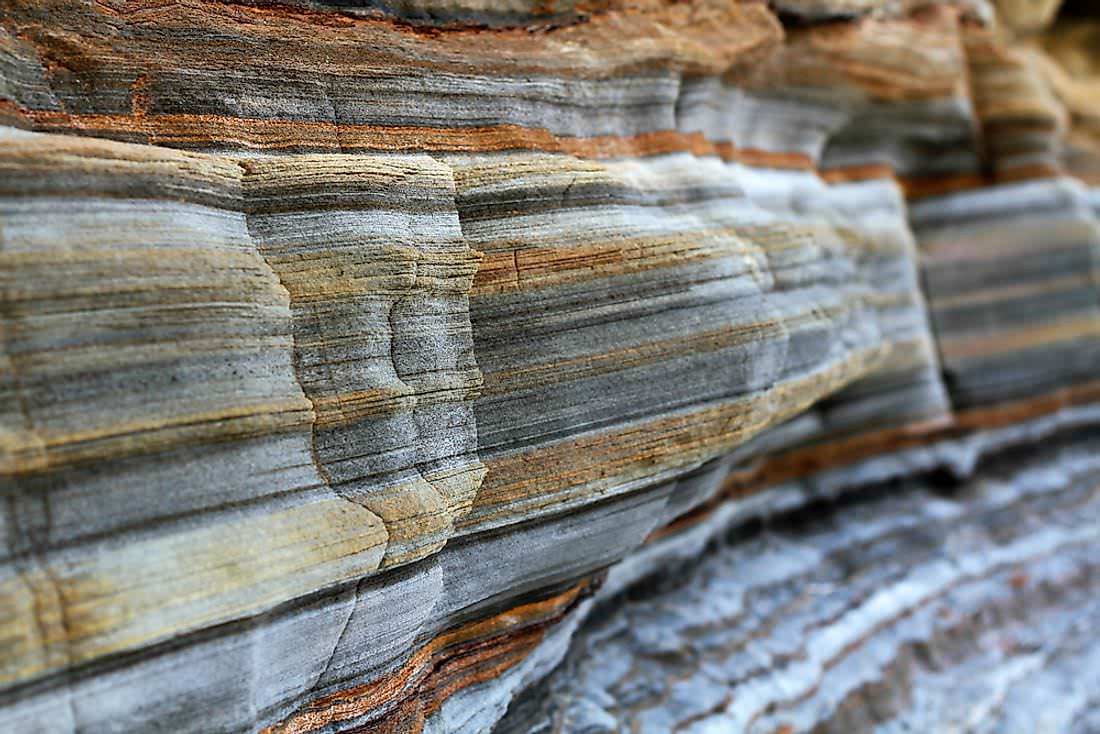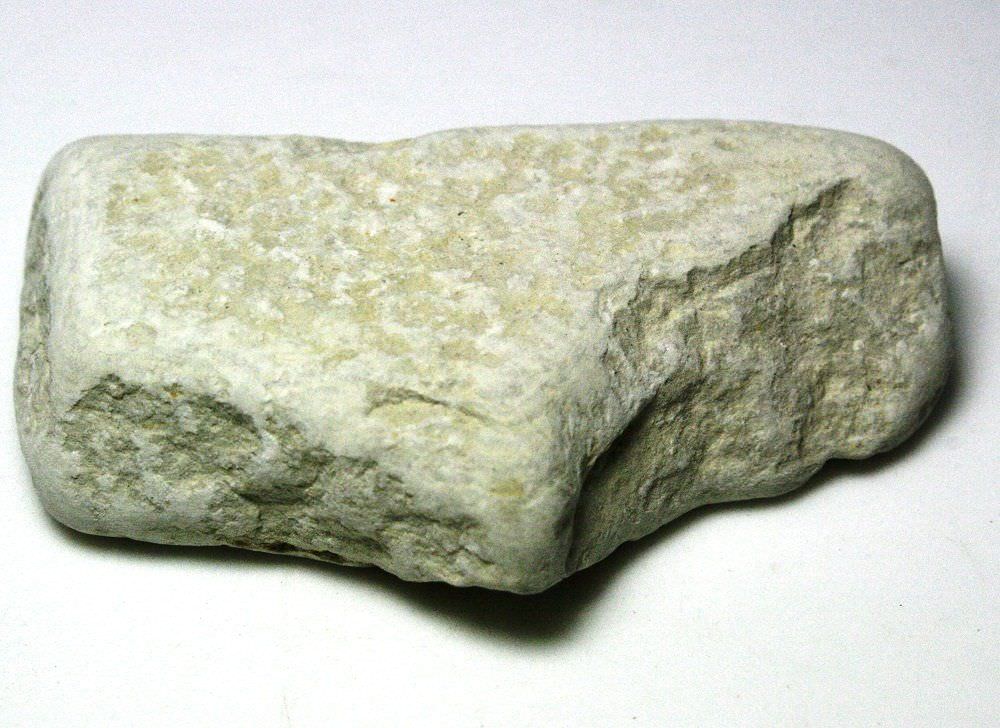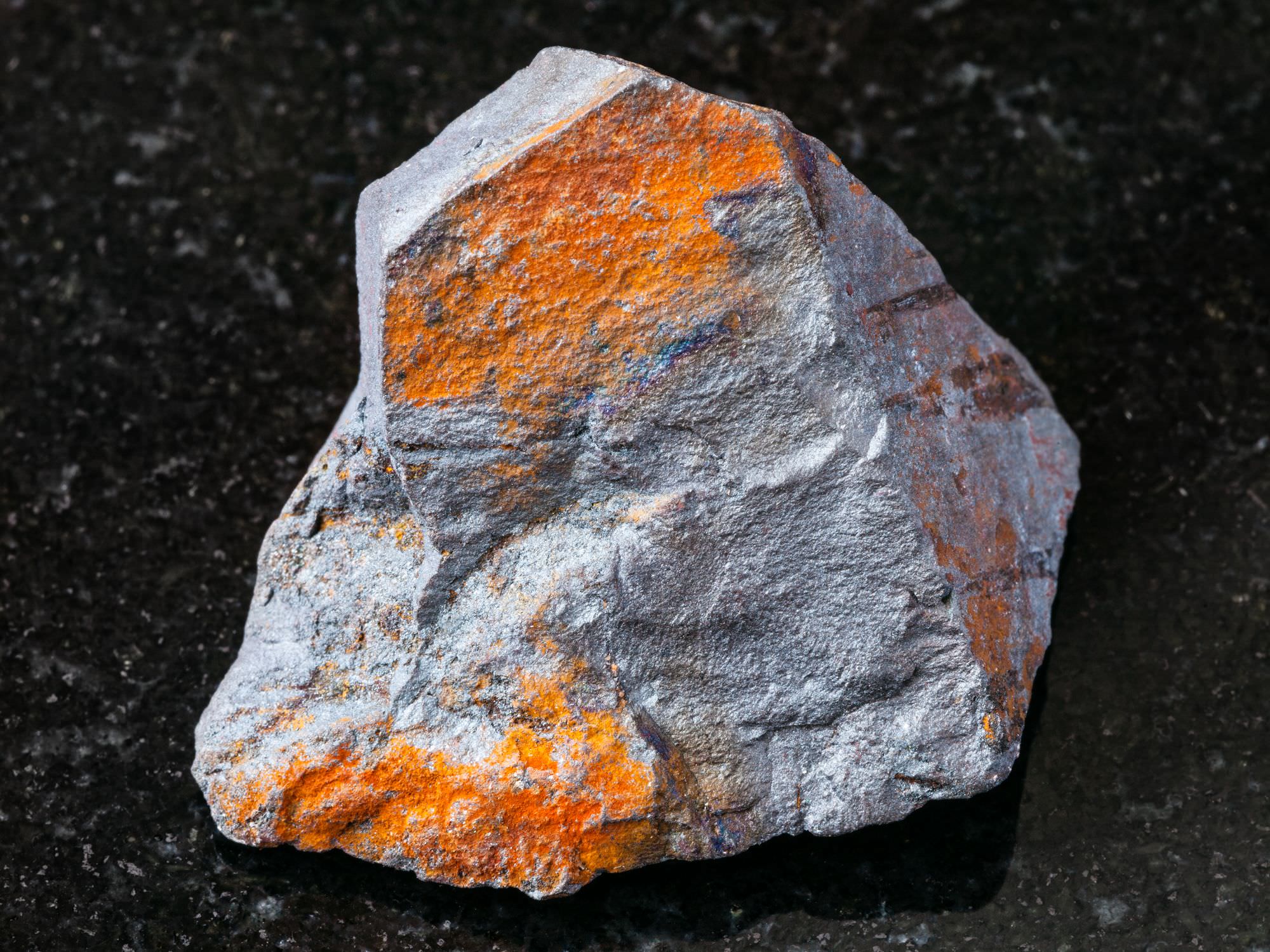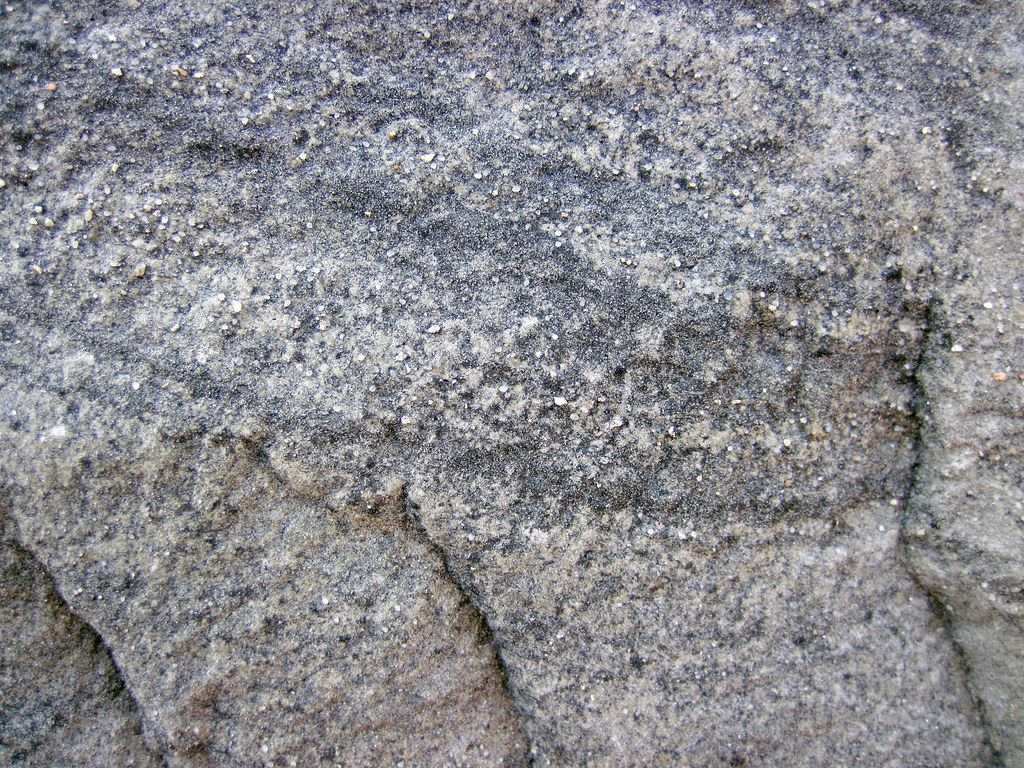Sedimentary Rocks

Sedimentary rocks are formed by the accumulation of sediment. There are three types: clastic sedimentary rocks, chemical sedimentary rocks, and organic sedimentary rocks.
Clastic sedimentary rocks form when the sediment looses all its moisture, it dries up and turns to stone. The weight of all the sediment on top compacts the sediment on the bottom layer, thus making it hard. Some examples of this are: breccia, conglomerate, sandstone, siltstone, and shale.

Chemical sedimentary rocks form when mineral infused water evaporates or precipitates. One example of the chemical process in evaporation is when you pour salt infused water into a frying pan and wait for the water to dissolve, thus creating salt crystals. Some chemical sedimentary rocks are: chert, some dolomites, flint, iron ore, limestones, and rock salt.

Organic sedimentary rocks form from accumulation of animal or plant debris. Most of these rocks have fossils in them. Some examples of these are: chalk, coal, diatomite, some dolomites, and some limestones.





